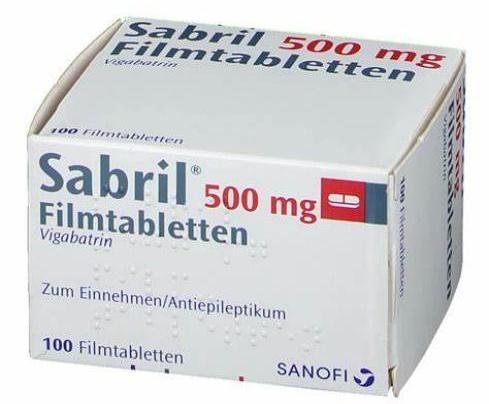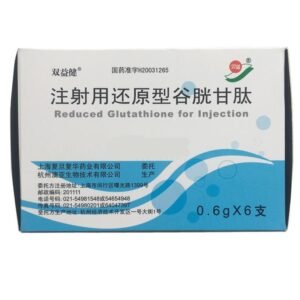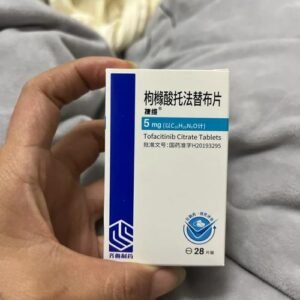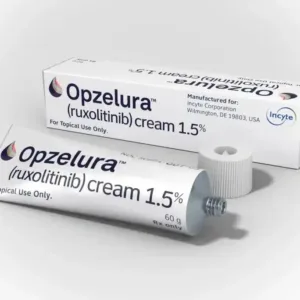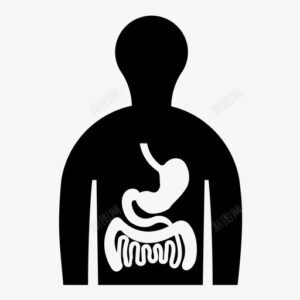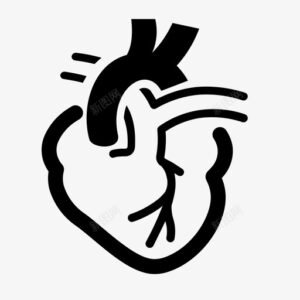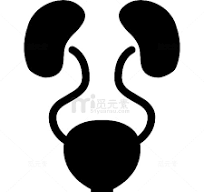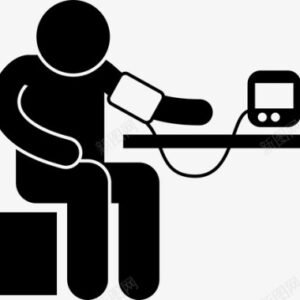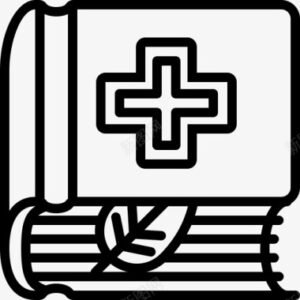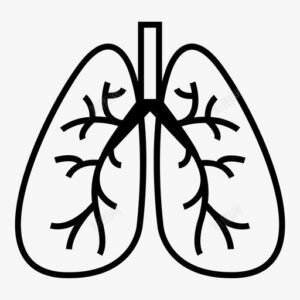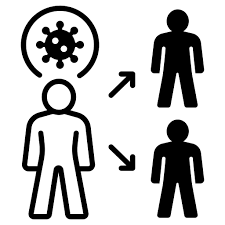Vigabatrin Sabril、喜保宁
Indications
1. Vigabatrin is indicated for the adjunctive treatment of adult and pediatric patients aged 2 years and older with refractory complex partial seizures who have responded inadequately to several alternative treatments and for whom the potential benefits of treatment outweigh the risk of vision loss.
2. Vigabatrin is indicated for the treatment of infantile spasms in pediatric patients aged 1 month to 2 years, for whom the potential benefits of treatment outweigh the potential risk of vision loss.
Target Indication
N/A
Main Ingredient
Vigabatrin
Dosage Form
Tablets
Specifications
Sanofi, France: 500mg x 100 tablets; Sanofi, France, Germany: 500mg x 50 tablets, 500mg x 100 tablets, 500mg x 200 tablets
Intended Population
Adult and pediatric patients aged 2 years and older with refractory complex partial seizures, and pediatric patients aged 1 month to 2 years with infantile spasms.
Appearance
White, biconvex oval, film-coated, with a score on one side and a 0V111 debossed dent on the other side.
Dosage and Administration
Dosage is required. The dosing regimen for vigabatrin depends on the indication, age group, weight, and dosage form (tablets or oral solution). Patients with impaired renal function require dose adjustment. [Details]
Adverse Reactions
1. The most common adverse reactions (>5%) in the treatment of refractory complex partial epilepsy are headache, somnolence, fatigue, dizziness, convulsions, nasopharyngitis, weight gain, upper respiratory tract infection, visual field loss, depression, tremor, nystagmus, nausea, diarrhea, memory impairment, insomnia, irritability, abnormal coordination, blurred vision, diplopia, vomiting, influenza, fever, and rash. Common adverse reactions associated with discontinuation of vigabatrin (>1%) are convulsions and depression.
2. The most common adverse reactions (≥1%) in the treatment of infantile spasms are infection, status epilepticus, developmental coordination disorder, dystonia, hypotonia, hypertonia, weight gain, and insomnia.
Precautions
Includes permanent vision loss, the Vigabatrin REMS program, abnormal magnetic resonance imaging (MRI) images in infants, neurotoxicity, suicidal behavior and ideation, discontinuation of antiepileptic medications, anemia, drowsiness, and fatigue. [Details]
Use in Special Populations
[Pregnant Women] Currently, there is insufficient data regarding the risks of vigabatrin use in pregnant women. The risk of vigabatrin causing major birth defects, miscarriage, or other adverse maternal or fetal outcomes has not been established. However, based on animal data, vigabatrin use in pregnant women may cause fetal harm. Therefore, pregnant women are advised to use the drug under the guidance of a physician.
[Breastfeeding Women] The effects of vigabatrin on the health of breastfed infants and milk production in breastfeeding women are unknown. However, because breastfed infants may experience serious adverse reactions to vigabatrin, breastfeeding is not recommended while taking vigabatrin. Consult a physician for detailed medication instructions.
[Pediatric Patients] The safety and efficacy of vigabatrin as an adjunctive treatment for refractory complex partial seizures in children aged 2 to 16 years have been established. The safety and efficacy of vigabatrin as a monotherapy for infantile spasms have also been established. However, the safety and efficacy of vigabatrin as an adjunctive treatment for refractory complex partial seizures in children under 2 years of age or as a monotherapy for infantile spasms in children under 1 month of age have not been established. We recommend that you follow your doctor’s instructions when using vigabatrin.
[Elderly Patients] Clinical studies of vigabatrin have not included sufficient numbers of patients aged 65 years and older, and it is not yet clear whether they respond differently from younger patients. However, since the drug is primarily excreted through the kidneys, and renal function is significantly decreased in elderly patients, we recommend that elderly patients follow their doctor’s instructions when using the drug and monitor their renal function during treatment.
[Patients with Renal Impairment] For pediatric patients 2 years of age and older and adults with mild (creatinine clearance >50 to 80 ml/min), moderate (creatinine clearance >30 to 50 ml/min), and severe (creatinine clearance >10 to 30 ml/min) renal impairment, it is necessary to adjust the dose of the drug, such as starting treatment with a lower dose.
Share:
Products
Our offers
Health Classification
Let us work together to protect precious health

